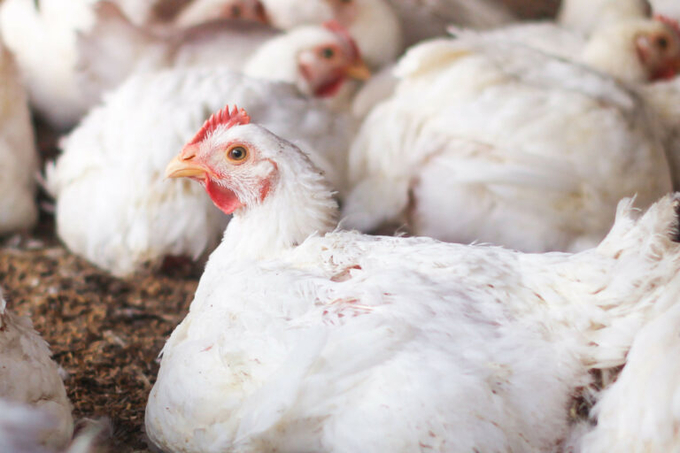November 28, 2025 | 03:46 GMT +7
November 28, 2025 | 03:46 GMT +7
Hotline: 0913.378.918
November 28, 2025 | 03:46 GMT +7
Hotline: 0913.378.918

The deal is expected to open up new growth opportunities, expanding access to new regional markets. Photo: Canva.
Two sources who wished to remain anonymous told the publication that the takeover had already been completed. However, the details of the deal remain unknown, as well as how the necessary documents were signed, given that the founder of Prioskolie Gennady Bobritsky is wanted on a fraud charge in Russia. According to official information from the Russian Ministry of Internal Affairs, Bobritsky went into hiding in 2023 after being placed under house arrest by a regional court order.
Prioskolie runs 16 poultry farms and 4 poultry processing plants. The nameplate capacity of the integrated chain is 430,000 tonnes per year.
Yaroslav Kabakov, director of strategy at Finam, a Moscow-based financial firm, commented that the takeover would help Tkachev’s agricultural complex strengthen its position in the Russian broiler meat market and diversify its product range. Moreover, the deal is expected to open up new growth opportunities for Tkachev’s complex, expanding its access to new regional markets.
An attractive asset
Prioskolie, which used to be Russia’s largest broiler meat manufacturer, is still a highly attractive asset in the Russian poultry industry, as evidenced by its financial performance. In 2023, the company generated a net profit of Rub57.1 billion (US$570 million) and a net billion of Rub15.5 billion (US$155 million).
The terms of the deal could have also been impacted by the concentration of Prioskolie’s operations in Belgorod Oblast, a region in Russian bordering Ukraine. During the past few years, the region has consistently suffered from cross-border shelling.
Consolidation under full sails
The deal will make Tkachev’s complex the third-largest poultry producer in Russia, with output only 11-12% behind that of the second-biggest producer, Cherkizovo.
Analysts believed that the takeover marks a new chapter in the consolidation trends in the Russian poultry industry, which have seemingly gained traction in the last few years. As a part of this trend, for instance, in 2023, Russia’s largest meat producer, Cherkizovo, purchased another agricultural holding, Russian Grain, and a group of companies, Zdorovaya Ferma, aimed to strengthen its positions in the poultry market of Volga and Ural parts of the country.
(Poultryworld)

(VAN) China’s cooking oil is suddenly flooding into India. It all comes down to a soybean surplus that Beijing doesn’t quite know what to do with.

(VAN) An Giang promotes supply-demand connections, standardizes quality and builds value chains, creating a foundation for sustainable bird’s nest development and aiming to expand exports.
/2025/11/24/5339-4-nongnghiep-075331.jpg)
(VAN) Recently, the conference on 'Sustainable Fisheries Linkage Chain - Tilapia for Export' took place in Tien Hai commune, Hung Yen province.
/2025/11/21/4309-2-153400_128.jpg)
(VAN) Green and low-emission rice is paving the way for Vietnamese rice to enter high-end markets, marking the beginning of a transformation journey toward greening and elevating the national rice brand.

(VAN) ‘Right to Win’ outlines a national action plan that shapes a new vision for Viet Nam’s agriculture in an era of renewal and global integration.

(VAN) Lam Dong’s farmed sturgeon output this year is expected to reach 2,300 tons, worth VND 450 billion, affirming the brand’s position on the market.

(VAN) A surge in Ukrainian egg exports, largely driven by soaring sales to the UK over the last few years, has notably pushed up egg prices on the domestic market.